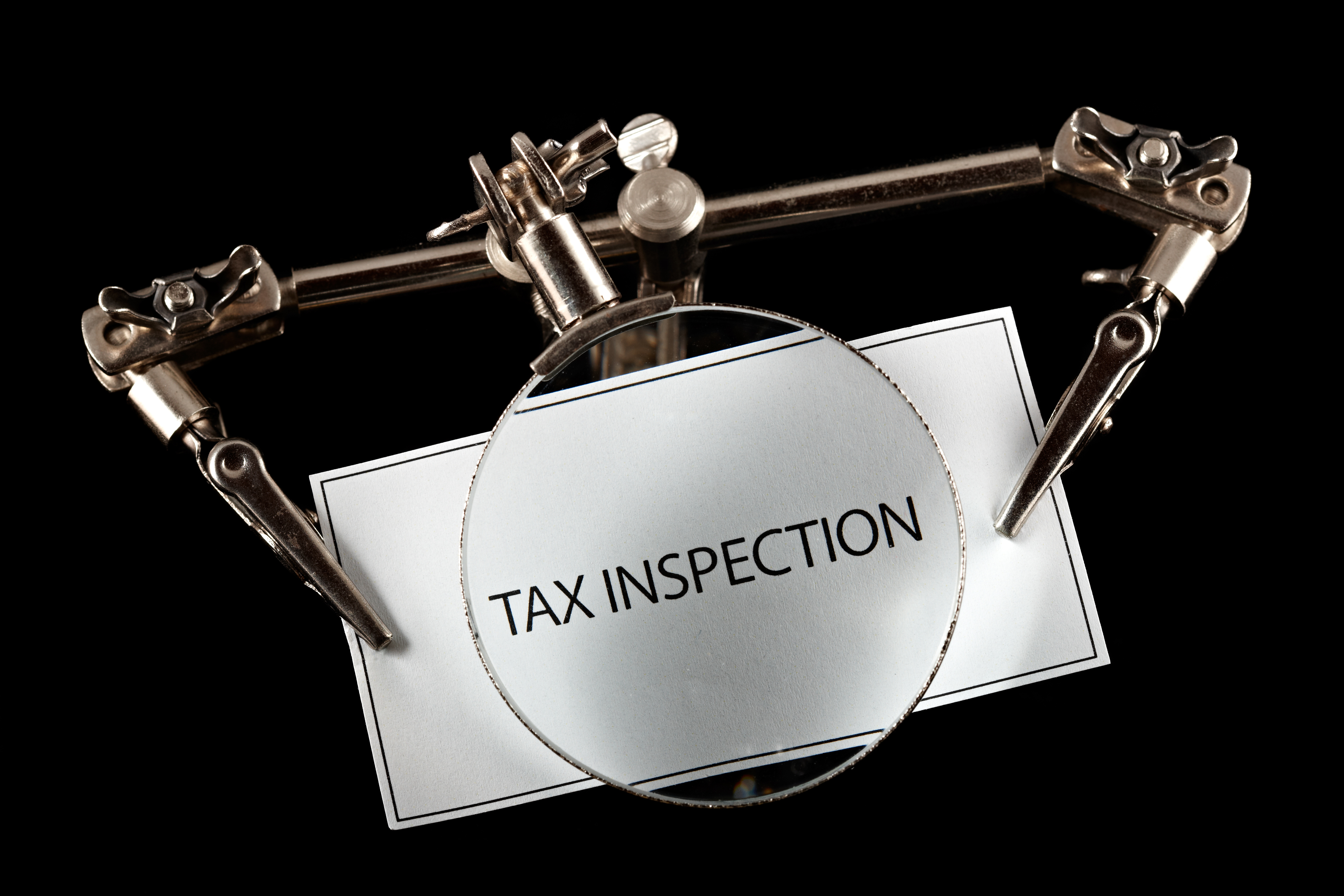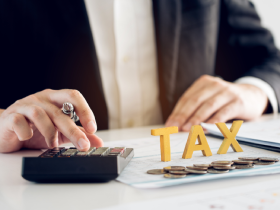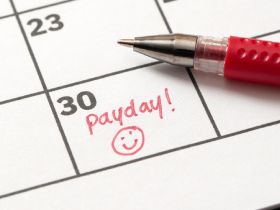Knowing that you’re required to pay tax on your earnings is the easy part. Understanding exactly how much of your income is taxable and how much of it is tax-free can be a bit trickier, but we’re here to help you clear that up.
We’ll explain some of the most common types of allowances (including allowable business expenses), and how much of your income can qualify as tax-free to help you minimise your tax bill and boost the amount of profit you get to keep.
How much of my earnings do I need to pay tax on?
How much of what you earn you’ll need to pay tax on depends on a number of different things such as the amount you make, where your income comes from, and even other personal circumstances such as your marital status.
These factors dictate how much of your income is tax-free, how much is taxable, and what sort of tax you’ll need to pay on it.
Personal Allowance
The Personal Allowance is the amount of income you can earn each tax year before you need to start paying Income Tax – in short, this is how much of your earnings are tax-free.
This works as a specific threshold amount set by the government, which currently stands at £12,570, so you don’t need to pay tax on the first £12,570 you earn.
It’s important to note that anything you earn through employment or self-employment will contribute towards your combined income. In other words, you can’t earn up to £12,570 tax-free through employment and another £12,570 tax-free through things self-employment or property income.
All of your earnings go into one ‘income pot’ and once you start earning more than £12,570 combined, you will be required to start paying the necessary taxes on anything beyond the threshold.
The Personal Income Tax rates for the 2025/26 tax year are:
- Basic rate: 20%, payable on earnings between £12,571 to £50,270
- Higher rate: 40% on income between £50,271 to £125,140
- Additional rate: 45% on anything above £125,140
Note: Scotland uses different tax rates and bands.
If you make any contributions to pensions or Gift Aid donations, this can boost your tax-free income by extending your basic rate band.
Blind Person’s Allowance (BPA)
If you are registered as blind, the Personal Allowance threshold rises with an extra allowance of £3,070, regardless of age or income. This increases tax-free earnings to £15,640.
You don’t have to be entirely without sight to claim the BPA, but certain criteria need to be met.
Marriage Allowance
If you are married or in a civil partnership and you or your spouse earn less than the Personal Allowance, the lower earner is allowed to transfer up to £1,260 of their unused Personal Allowance to the higher earning partner.
This transfer means the higher earner could potentially reduce their tax bill by up to £252.
Trading Allowance
The Trading Allowance is a set amount of money you can make, tax-free, through self-employment or what HMRC categorises as ‘miscellaneous activity’.
This miscellaneous activity could be something like car boot sales or selling items through social media marketplaces.
The Trading Allowance threshold is currently set at £1,000, which means you can earn up to £1,000 through self-employment or miscellaneous means without paying tax on it (or even needing to tell HMRC!).
Property Allowance
Similar to the Trading Allowance, the Property Allowance means you can earn up to £1,000 through property-related income without having to pay any tax on these specific earnings.
Any income you generate through property beyond this £1,000 threshold will be liable for applicable taxes.
Dividend Allowance
The tax-free allowance for dividends means you can earn up to £500 in dividends tax-free, but you will pay tax if you receive more than the allowance. The Dividend Tax rates for 2025/26 remain at:
- Basic rate – 8.75%
- Higher rate – 33.75%
- Additional rate – 39.35%
The rate of Dividend Tax payable will increase from April 2026 to:
- Basic rate: 10.75% (increasing from 8.75%)
- Higher rate: 35.75% (increasing from 33.75%)
- Additional rate: 41.35% (increasing from 39.35%)
Note: if you receive dividend payments through ISAs, these will remain tax-free.
Allowable expenses
Even if your earnings take you over the tax allowances and thresholds, there are still opportunities to make sure you don’t pay more tax than you should. One option available to most business owners is through allowable expenses.
Almost all of the expenses and costs you incur in relation to running your business can be ‘claimed back’. You won’t actually get the money paid back, as such, but you can offset it against the amount of income you earn, so you’ll only pay tax on the profits that are left over. The type of tax you need to pay on your profits depends on what sort of tax return you need to submit for your business.
Common qualifying allowable expenses include:
- Heating
- Lighting
- Water
- Rent payments
- Business rates
- Cleaning
- Property maintenance and repair
If you need to claim expenses because you work from home, you’ll only be able to claim for the portion of your bill that relates directly to the running of your business. This might include the cost of:
- Utilities
- Internet and telephone
- General property maintenance (in rooms that are used for business activity)
- Council tax bills
- Water – but only where substantially related to business operations (e.g. a hairdresser servicing customers from your home).
What happens once I earn over the allowances?
Once you start earning over any of the allowance thresholds that are applicable to you, you will need to start paying tax on the taxable part of your earnings.
The portion of your earnings below the thresholds will still be ‘tax-free’ (i.e. not liable for tax) but anything over that will count towards your tax bill.
You will need to register to pay tax in order to make HMRC aware of your earnings and manage your tax bill payments.
The easiest way to register to pay tax is online via the HMRC website. This is where you can set up your Government Gateway ID and obtain your Unique Taxpayer Reference (UTR) number.
Looking for more expert business support? Head over to our info hub for more news and helpful resources.







Leave a Reply